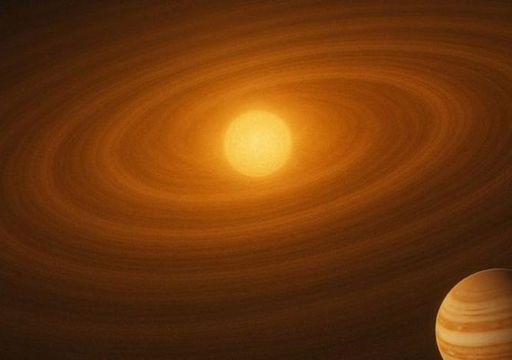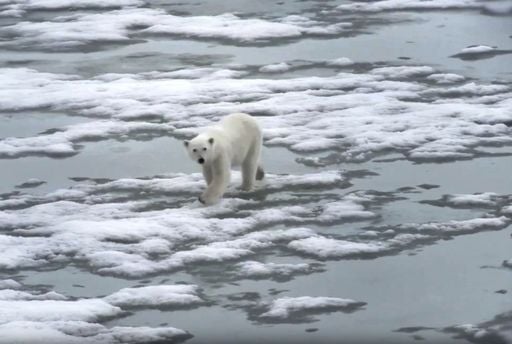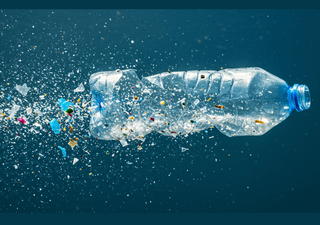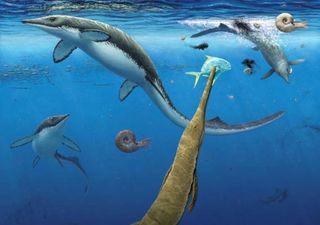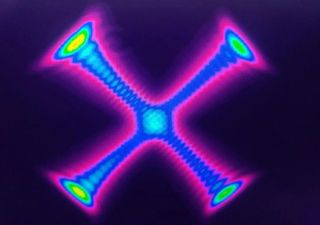Global concern over the rapid growth of the “Portal to the Underworld” in Siberia
As a sign of the times and at a disturbing rate of one million cubic metres per year, this depression is growing in the permafrost of northwest Russia.
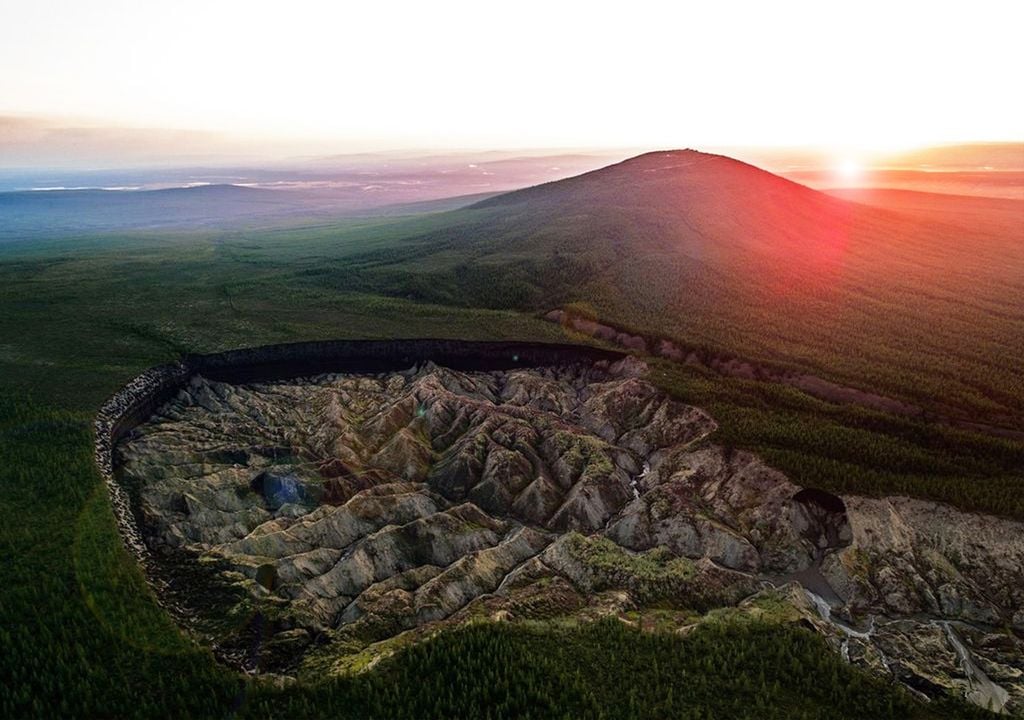
Human-caused global warming is the origin of the current change in the Earth's climate. Although they are often mentioned as synonyms, they are not, since one is a cause and the other a consequence.
The risks generated by this anthropogenic climate change, so called to differentiate it from any other change in the climate that has occurred naturally in the 4.5 billion years of our planet, are varied and are often linked directly or indirectly to many “effects” that are "secondary” or not so well known to most people.
Temperature data recorded over the last few decades confirm that the Arctic is warming at a much greater rate than previously thought, compared to the rest of the planet. Up to four times faster, according to researchers at the Finnish Meteorological Institute.
A time bomb
The accelerated warming of the Arctic is not only having a direct impact on the region's biodiversity and population, with - for example - a notable increase in the number of forest fires, but it is also affecting people and species far beyond the Arctic Polar Circle. This warming process is part of a feedback loop that means that as sea ice melts (which reflects the Sun's energy), it exposes darker waters (which absorb more of the Sun's energy), which further accelerates the thaw.

That's not all. Rising temperatures in the region are thawing frozen ground known as permafrost. And that triggers other collateral effects: as the permafrost thaws, it loses consistency and collapses, dragging any infrastructure on top of it; vegetation grows that prevents the cold from penetrating the soil and enhances warming.
But the main collateral damage of this warming, which can affect the entire planet, is that under the permafrost of the Arctic there is a sea of methane, a greenhouse gas 30 times more powerful than carbon dioxide (CO2). Yes… a time bomb.
Portal to the underworld
A recent study carried out by an international team of researchers led by scientists from Lomonosov State University in Russia and the Alfred Wegener Institute in Germany has provided conclusive data on a constant growth of the Batagay megadepression, a gigantic crater located in the north of Yakutia, Russia, in the eastern Siberian region.
This 990 metre wide crater located in the Russian permafrost and known as the “gateway to the underworld”, is actively growing at a rate close to a million cubic metres per year, as another indicator that the melting of frozen soils continues to intensify and accelerate.
This is a sign of the times marked by the climate crisis. The researchers conclude that the amount of ice and sediment lost by the formation of Batagay Crater is exceptionally high, equivalent to more than 14 times the volume of the Great Pyramids of Giza.
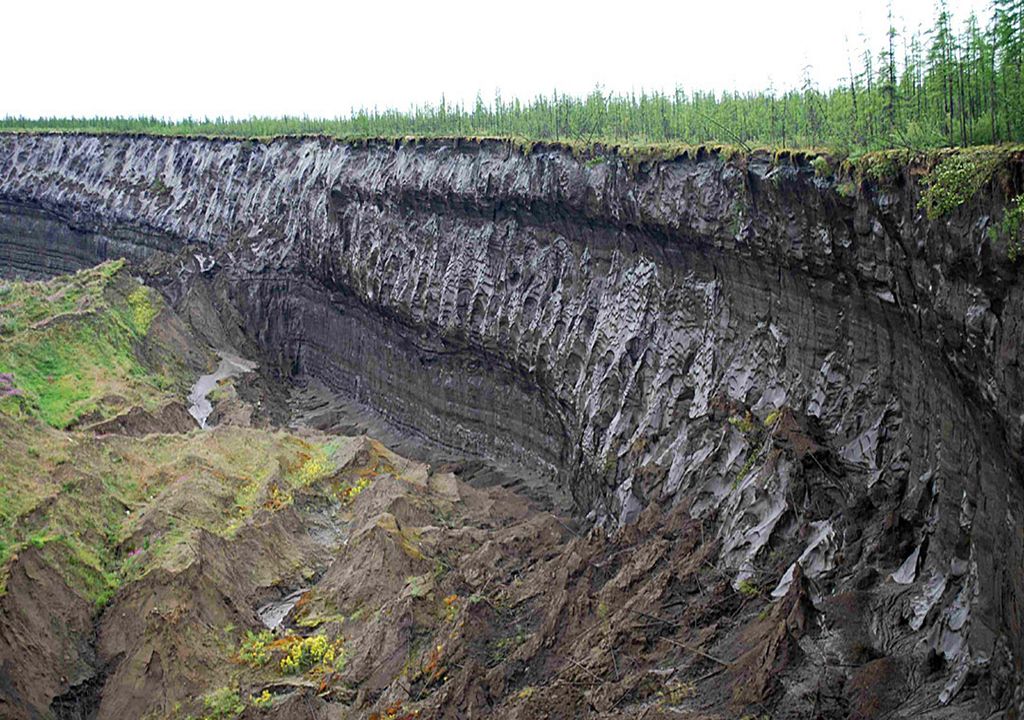
The researchers conclude that this process will lead to significant alterations in the habitat of nearby rivers, in addition to the fact that the accelerated expansion of the crater could also increase greenhouse gas emissions, as sediments and nutrients previously frozen by around 650,000 will be released, thus generating a feedback loop, a vicious loop since it was climate change that caused the crater.
Reference of the news:
Alexander I. Kizyakov, et.al., Characterizing Batagay megaslump topography dynamics and matter fluxes at high spatial resolution using a multidisciplinary approach of permafrost field observations, remote sensing and 3D geological modeling, Geomorphology, Volume 455, 2024, 109183, ISSN 0169-555X, https://doi.org/10.1016/j.geomorph.2024.109183.


